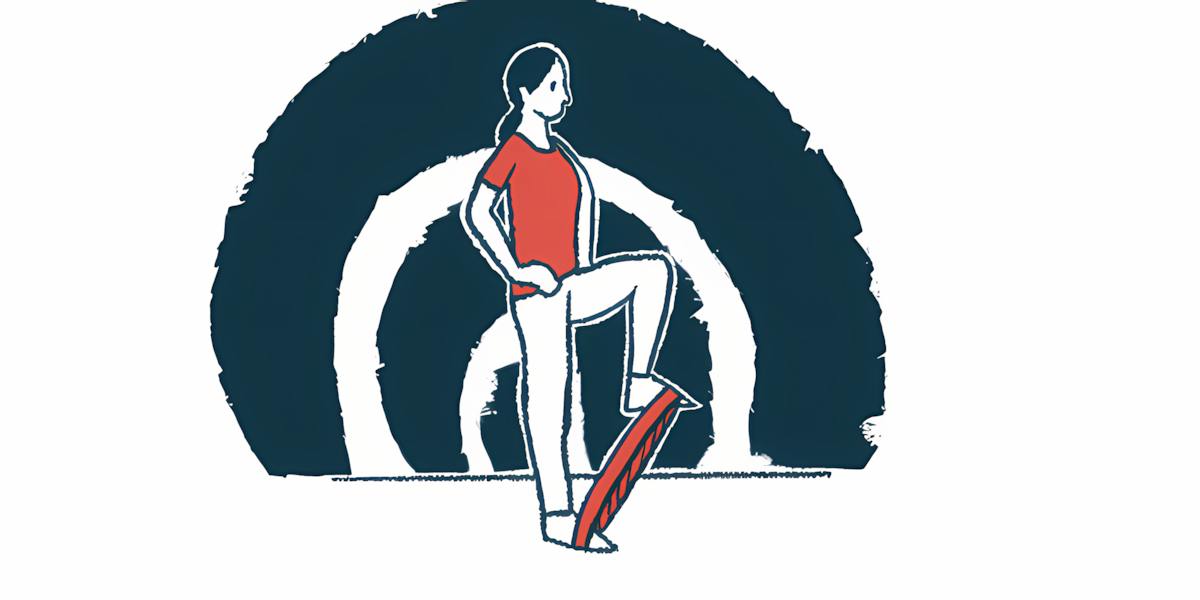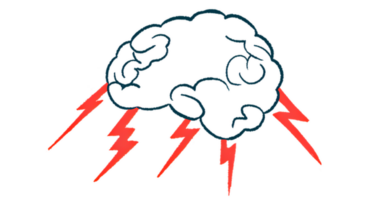Dancing shown to ease depression in Parkinson’s disease
Study participants took weekly classes at National Ballet School in Toronto

Weekly dance classes may help attenuate symptoms of depression in people with Parkinson’s disease, which results in changes in the brain toward better emotional control, a study from York University in Toronto suggests.
“We’re not trying to cure Parkinson’s with dance,” Joseph DeSouza, PhD, who led the study, said in a university news story. “What we’re trying to do is to have people live a better quality of life. This goes for both those with the disease and their families that take care of them — they also get benefits of feeling better.”
The study, “Impact of Weekly Community-Based Dance Training Over 8 Months on Depression and Blood Oxygen Level–Dependent Signals in the Subcallosal Cingulate Gyrus for People With Parkinson Disease: Observational Study,” was published in JMIRx Med.
Parkinson’s is best known for causing motor symptoms such as tremors, stiffness, slow movement, and impaired balance, but many patients also have nonmotor symptoms, including mood and cognitive changes, that impair daily life.
“People with Parkinson’s disease tend to have multiple symptoms that are not just motor-related; there are a lot of symptoms that include mental and social well-being impairments, one of those being depression,” said Karolina Bearss, PhD, the study’s first author.
Building on an earlier three-year study where dancing to music on a weekly basis helped slow the progression of both motor and nonmotor symptoms of Parkinson’s, this study, which included 23 adults diagnosed with Parkinson’s and 11 healthy people, focused on depression and the brain changes it may cause.
Easing symptoms of depression
Over eight months, all the participants took weekly classes at the National Ballet School in Toronto, as part of Sharing Dance Parkinson’s, a program designed to make dance accessible to people living with the disease.
The classes start with seated movements then move to partner exercises and copying each other’s actions. They finish with standing dances and moving around the room. Dancers often move together, working with a partner or the whole group. Each session lasts an hour and 15 minutes.
Researchers assessed participants’ mood and depression using the Geriatric Depression Scale (GDS) before and after each class. Regular brain MRI scans monitored brain activity and function throughout the study.
Symptoms of depression eased after each session and over the study. The MRI scans also showed decreased activity in the subcallosal cingulate gyrus (SCG), a brain region linked to depression and emotional control.
While they were in the MRI scanner, patients were asked to imagine themselves dancing while listening to music from the class, which helped researchers see how their brain responded to movement and music. Data from seven patients who had brain scans and had filled in a survey during the program showed that those with lower SCG activity saw their depression ease.
The results provide “preliminary evidence that participation in dance classes involving learned choreography can modulate neural activity in a way that is adaptive,” wrote the researchers.
“It was very cool to see that dance had a positive effect on the mood circuits in the brain, which we could see in the imaging,” DeSouza said. “These improvements that we could see on MRI brain scans were also reported by the participants via the survey.”
The findings suggest that “participating in a social activity such as dance can alter activity in a brain region associated with depression and mood.” More research is needed to confirm the findings, the researchers cautioned.






